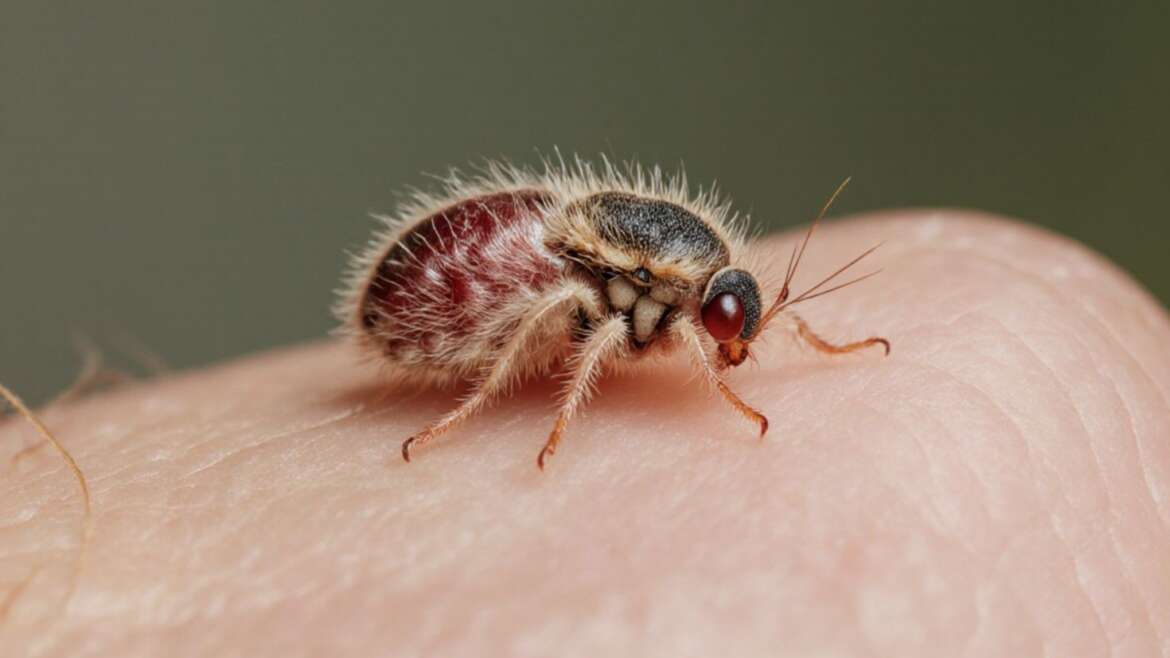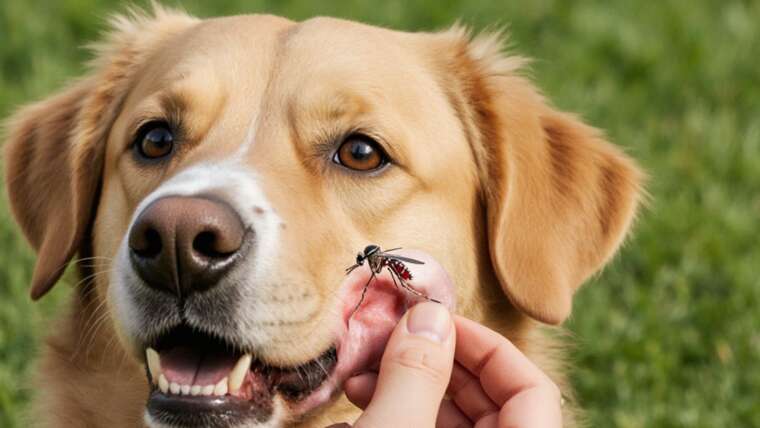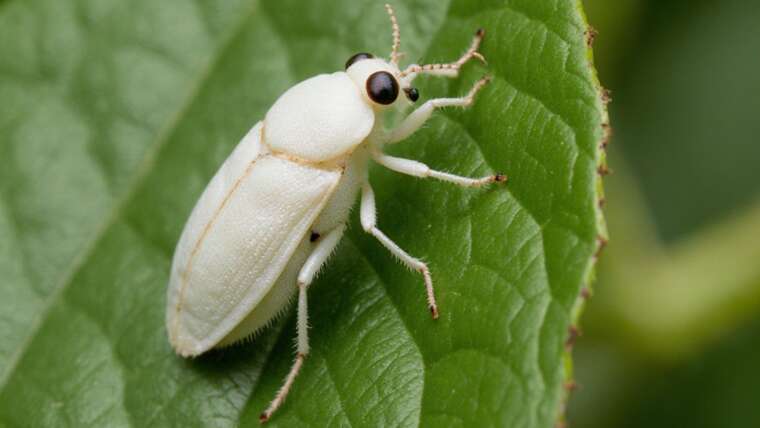During the summer, many children attend day camps or daycare centers, increasing their chances of encountering common contagious infestations, specifically head lice and scabies. Parents often confuse scabies with body lice bites; both conditions can lead to significant itching and skin irritation but stem from different parasites. Understanding these differences is vital for effective prevention and treatment.
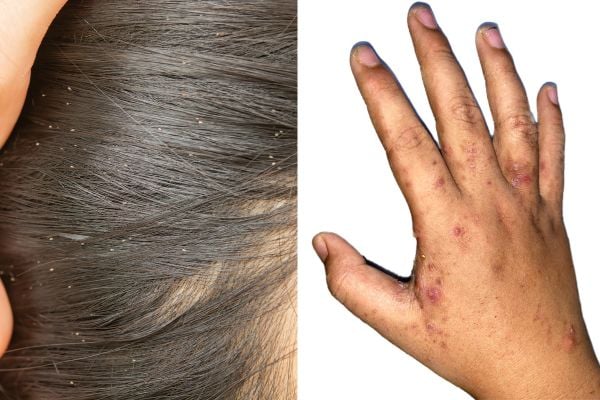
The image above illustrates the visible differences between lice on the scalp and a scabies infestation. While both are caused by parasites, scabies are mites that burrow beneath the skin, while lice are insects that infest hair. Understanding their feeding habits is crucial—scabies consume fluids within the skin, whereas body lice feed on the blood from the skin’s surface. Knowing these distinctions can help in addressing these issues more effectively.
In this article, we will delve deeper into head lice and scabies infestations, outlining their distinctive characteristics and offering strategies for effective prevention and treatment.
What are head lice?
Head lice infestations predominantly affect preschool and elementary school-age children, as well as their caregivers. The CDC estimates that six million to twelve million head lice infestations occur annually in the United States among children aged three to eleven. It’s important to note that while head lice can cause discomfort, they do not transmit disease, reducing the panic often surrounding infestations.
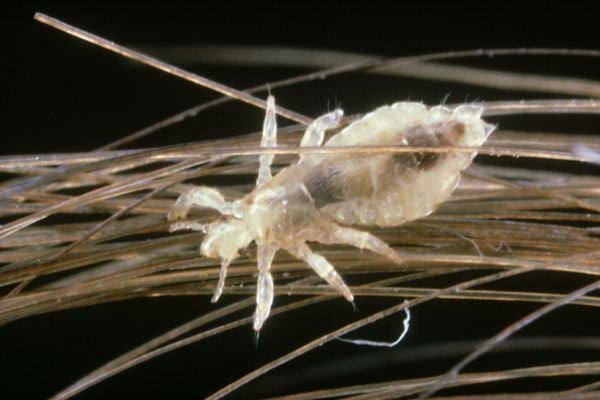
Head lice, generally greyish-white and resembling small sesame seeds, instigate their infestations by laying eggs or “nits” close to the scalp. Once hatched, nymphs and adult lice feed on blood from the scalp, leading to notable discomfort and nighttime itching.
Tip: Regularly checking your child’s scalp and hair with a bright light can help you catch infestations early. Look for nits, which appear as small white or yellowish specks stuck to the base of the hair shaft. The earlier you notice the signs, the easier it is to treat.
Head lice vs. body lice
Head lice specifically infest the scalp and hair, while body lice dwell in clothing and bedding, resorting to the skin for feeding. Body lice lay their eggs in the seams of fabric, distinguishing them from head lice, which reside primarily on human hair.
How do you get head lice?
The primary transmission mode for head lice is through head-to-head contact, a common occurrence among children engaged in play or grouped activities in daycare centers or schools. According to the CDC, signs and symptoms of head lice can include:
- A sensation of something crawling in the hair
- Increased irritability and sleeplessness
- Sores caused by scratching that may lead to bacterial infections
It’s important to remember that while head lice primarily inhabit human hair and can survive briefly on objects like hats and combs, they die within 24 to 48 hours once separated from their human host.
Interesting Fact: Lice can actually communicate with one another; they emit specific pheromones to signal danger, prompting quick escape responses. This makes it even more challenging to manage infestations.
How to treat lice
Many head lice infestations can be asymptomatic, with itching typically being the first noticeable sign, often presenting four to six weeks after initial infestation. If you suspect lice, seeking medical treatment is essential for effective management.
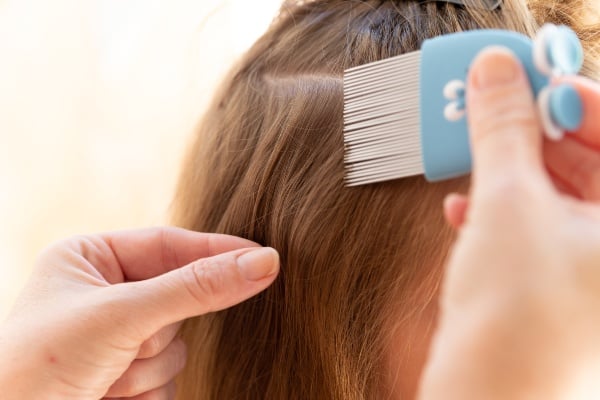
How to help control and prevent the spread of head lice
To manage head lice effectively and prevent their spread, consider the following strategies:
- Employ a fine-toothed comb, ideally a nit comb, to meticulously remove lice and nits from the hair.
- Encourage children to avoid head-to-head activities, especially during communal play or at school.
- Forbid sharing of clothing, such as hats and scarves, to minimize transmission risks.
- Do not share personal items like combs or towels; disinfect them by soaking in hot water (at least 130°F) for five to ten minutes.
- Restrict areas where one might lie down after contact with an infested person, such as beds and couches, to prevent lingering lice.
- Regularly machine-wash and dry items used by the infested person on a hot setting. For non-washable items, consider sealing them in plastic bags for two weeks.
- Be proactive and vacuum frequently, especially areas where the infested individual has spent time.
- Avoid chemical fumigants, which are unnecessary and potentially harmful.
- Recognize that lice infest only humans, making professional pest control services ineffective against them.
What is scabies?
Scabies is a skin infestation caused by the Sarcoptes scabiei var. hominis, known as the human itch mite. Confusion often arises with other types of mites; adult scabies mites are so small (less than half a millimeter) that they are barely visible to the naked eye.
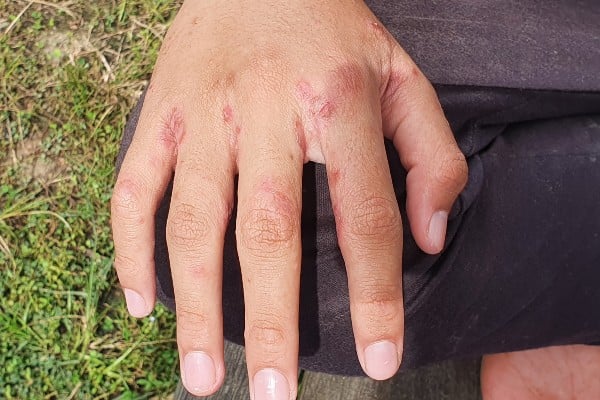
Scabies bites manifest as small, raised bumps or red, pimple-like rashes, often clustering in areas where the skin is thin. The itching associated with these bites intensifies at night, urging rapid treatment intervention.
Female scabies mites create burrows in the skin for egg-laying, resulting in small, raised tracks. When the larvae emerge, they migrate to the surface to mature, presenting a broader risk for transmission.
Common sites for scabies infestations in adults and older children include:
- Between fingers
- Wrists, elbows, and knee folds
- Armpits
- Waistline and navel
- Breasts and genitals
In very young children, scabies often occurs on:
- Face
- Head
- Neck
- Palms of the hands
- Soles of the feet
Tip: It may be helpful to apply hypoallergenic cream to soothe itching and discomfort while waiting for a doctor’s appointment or treatment to begin.
How do you get scabies?
Scabies mites transfer between individuals through direct, prolonged skin-to-skin contact. Brief interactions, such as handshakes or hugs, pose minimal risks. Sharing clothing, towels, or bedding with an infested individual can also facilitate transmission.
Individuals in nursing homes or childcare environments are at heightened risk for scabies outbreaks, primarily due to close physical contact during activities. If an infestation occurs, it’s crucial to inform daycare staff promptly.
Did you know? Scabies mites can survive without a human host for up to three days, allowing them to linger in clothing and bedding long after the infested person has left the vicinity.
How to treat scabies
Consulting a healthcare professional upon noticing symptoms indicative of scabies is imperative. A thorough examination will enable a proper diagnosis and treatment plan.
Symptom onset can vary: individuals who have never experienced scabies may take four to eight weeks to show signs, while repeat infestations result in faster responses, typically within one to four days. Common symptoms include:
- Intense nighttime itching
- Pimple-like rashes or blisters
- Open sores from scratching
Effective treatment often involves applying topical medications prescribed by healthcare providers. It’s standard for treatment to be recommended for all household members simultaneously to prevent further transmission.
How to help get rid of and control scabies
To eliminate scabies mites and mitigate their spread within a household or childcare environment, consider the following steps:
- Wash all contaminated clothing, bedding, and towels using hot water, followed by drying on high heat to ensure that any remaining mites are eradicated.
- For items that cannot be washed, sealing them in a plastic bag for seven days will prevent survival and further transmission of mites.
Understanding the differences between scabies and lice is vital for accurate diagnosis, effective treatment, and the prevention of further spread within communities. With proper diligence, both infestations can be managed effectively, allowing for a healthier environment for your children.

